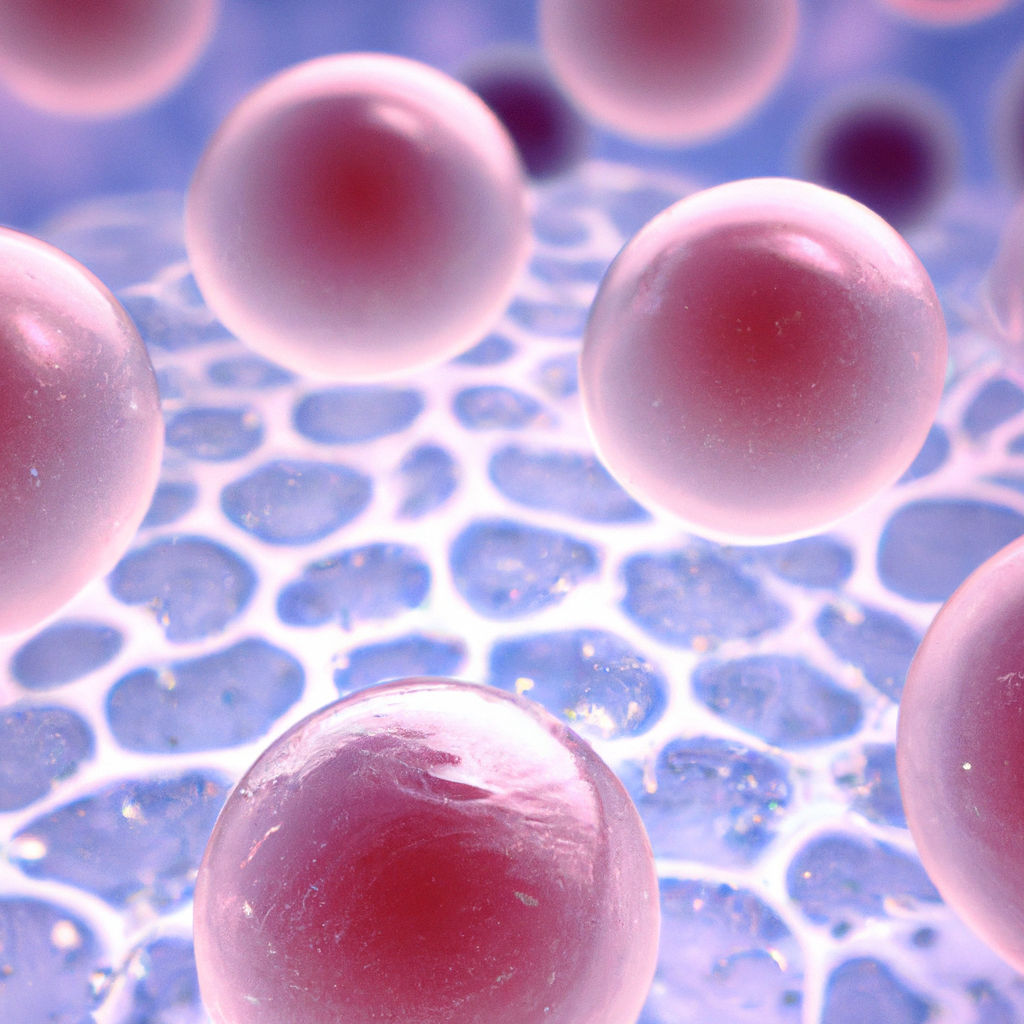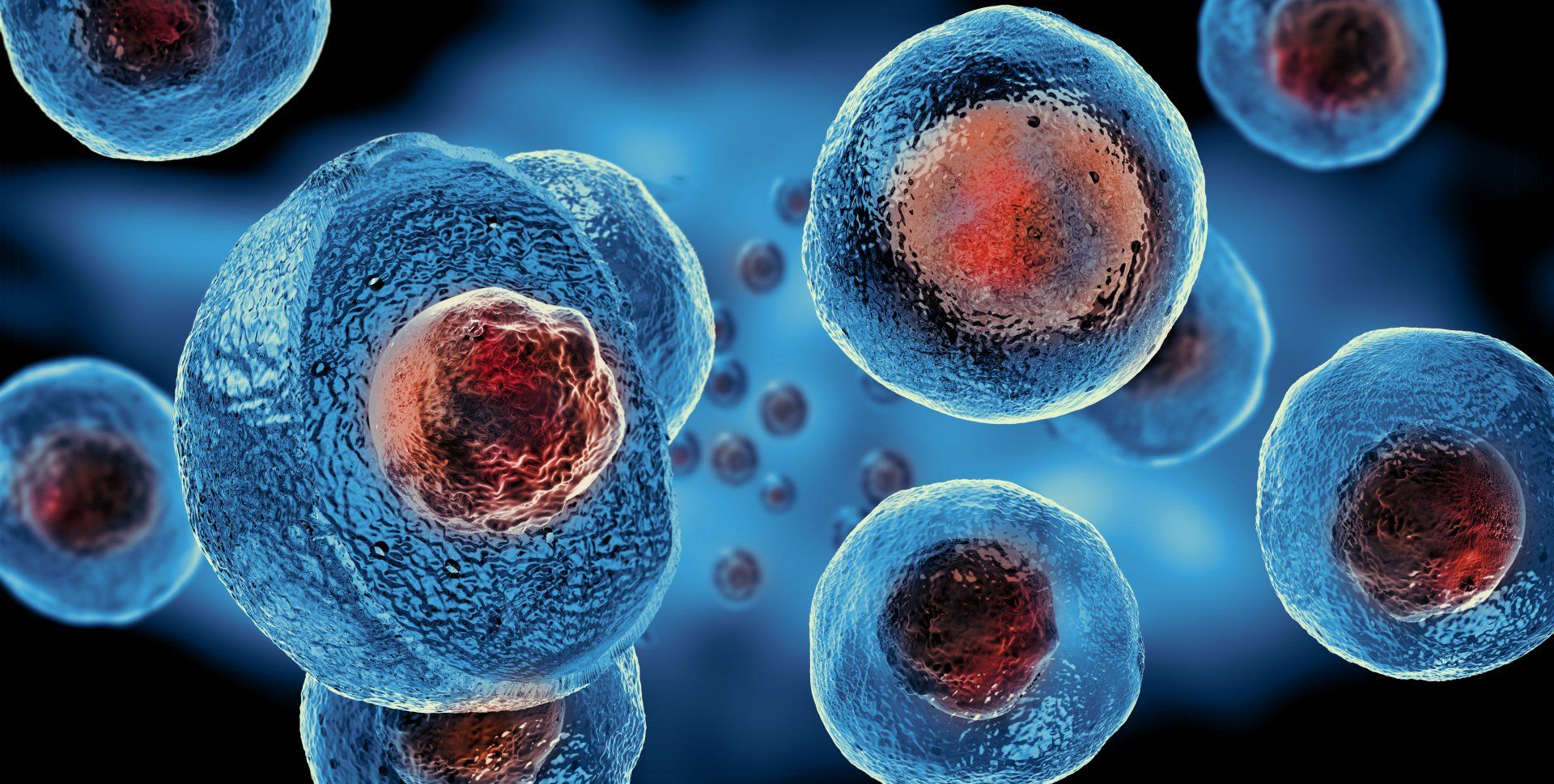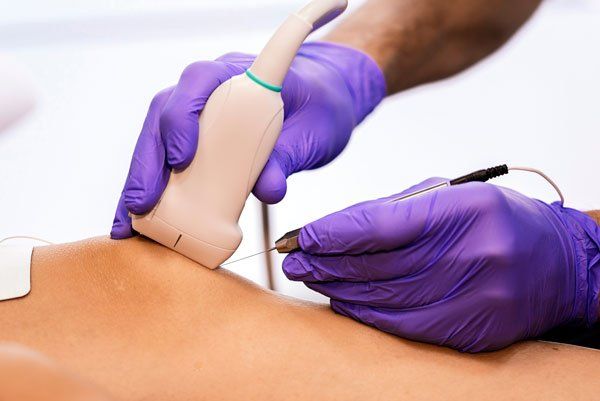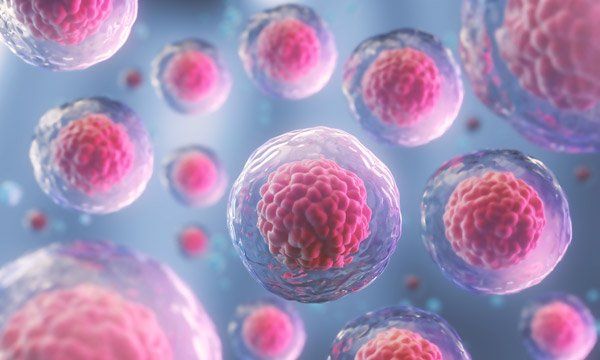How to choose fat (adipose) or bone marrow stem cells for your treatment
Adipose stem cells vs. bone marrow stem cells: What should I do for joint arthritis?

As arthritis continues to pose challenges with few options, there is growing attention towards treatment methods like stem cell therapy with PRP and orthobiologics. These therapies offer the possibility of pain relief and improved function for millions of people. Among the sources of adult stem cells there are adipose (fat) and bone marrow which are the two main reservoirs in the human body important for orthopedic function. It is important to explore which option holds the most effective path to treating joint arthritis.
These special cells utilize the bodies natural repair mechanisms to to do two main things. Reduce inflammation and facilitate tissue regeneration. However choosing between adipose and bone marrow stem cells can be a decision for patients. In this guide we will delve into the basics of adipose versus bone marrow stem cells in treating joint arthritis.
Understanding Adipose Stem Cells:
Adipose stem cells are derived from tissue typically obtained through liposuction procedures. At our clinic this procedure requires a small amount and is relatively painless. Research suggests that adipose stem cells possess inflammatory properties and have the potential to differentiate into various cell types thereby aiding in the repair of arthritic joints.
Potential Advantages:
-The extraction process is minimally invasive causing very little discomfort while being done with a numbing medication like lidocaine.
-It allows for a higher quantity of stem cells to be collected as the reservoir is larger than that of bone marrow.
-There is a natural scaffold in fat tissue that aids in the repair of tissue that is not found in a bone marrow medium.
Possible Disadvantages:
-Historically there is more research with bone marrow stem cell treatment, but adipose tissue research is rapidly catching up.
Understanding Bone Marrow Stem Cells:
These stem cells are typically extracted from the hip bone under local anesthesia with lidocaine, while being done under fluorscopic xray guidance. This provides an efficient procedure as it allows our doctors to know exactly what region of the hip bone is best in order to capture the most amount. Bone marrow stem cells have been utilized in medicine for a long period of time with a vast amount of literature to show its safety profile. Bone marrow stem cells have unique characteristics being multipotent and can assist many tissues in rapid healing.
Potential Benefits:
-They have experience and research support behind them.
-Their effectiveness has been proven in treating bone, joint, cartilage and ligament diseases.
-There is a wide variety of healing cells that mature and develop in the bone marrow cavity that assist the healing process.
Possible Drawbacks:
-The method of collecting these stem cells is a little more invasive.
-Can be more painful.
-The bone compartment for bone marrow tissue is restricted to a small space, whereas adipose tissue is much larger.
Adipose and Bone Marrow Stem Cells as Treatment Options:
When considering the efficacy of both types of cells, they have demonstrated potential in reducing pain and improving function in osteoarthritis, cartilage and nerve damage, tendonopathies and ligament strains. However there are differences regarding safety, cost and accessibility.
Efficacy:
Both adipose and bone marrow derived stem cells have shown results in studies involving animals and a vast amount of human trials. However treatment outcomes depend on factors such as the patients health conditions, medications they are on, age, weight and specific treatment protocols.The ability to perform these procedures as an outpatient is also a very attractive option as it reduces cost and the danger of hospital acquired infections. At our clinic, we have never in 10 years seen an infection caused by our procedures, which is an impossibilty for a hospital to state.
Accessibility;
The costs for stem cell treatments can vary significantly depending on factors such as the technology used and the location where it is performed. We use state of the art imaging systems such as ultrasound and fluorscopy to acquire the stem cells and inject them with a high degree of assurance to its needed location. If the clinic you seek out does not have these systems in place then it should be avoided.
Conclusion:
Both adipose derived and bone marrow stem cells have their strengths and limitations. Adipose derived cells offer an method of extraction potentially yielding greater quantities. On the hand bone marrow cells have a longer history of research study and application in many different types oftreatments.
If you're considering stem cell therapy for arthritis, it is essential to have a conversation with one of our physicians to review the research and take into account your individual health needs. By making decisions and seeking expert guidance with our doctors, you can confidently explore the potential of stem cell therapy to improve health. Ongoing research will further clarify the benefits of both adipose and bone marrow derived stem cells leading to effective treatments for arthritis in the future. To discuss your case with one of our doctors please reach out to one of our care coordinators at (262) 202 8312. We're happy to offer a free phone consultation to assess your pain and medical condition to ensure that you're an ideal candidate before any personal or financial commitment is made.
References:
Kim, JD., Lee, G.W., Jung, G.H. et al. Clinical outcome of autologous bone marrow aspirates concentrate (BMAC) injection in degenerative arthritis of the knee. Eur J Orthop Surg Traumatol 24, 1505–1511 (2014). https://doi.org/10.1007/s00590-013-1393-9
Bistolfi, A., Roato, I., Fornelli, G. et al. Treatment of knee osteoarthritis by intra-articular injection of concentrated autologous adipose tissue: a twenty four month follow-up study. International Orthopaedics (SICOT) 45, 627–633 (2021). https://doi.org/10.1007/s00264-020-04923-0
Alessio Biazzo, Riccardo D’Ambrosi, Francesco Masia, Vincenzo Izzo & Francesco Verde (2020) Autologous adipose stem cell therapy for knee osteoarthritis: where are we now?, The Physician and Sportsmedicine, 48:4, 392-399, DOI: 10.1080/00913847.2020.1758001








